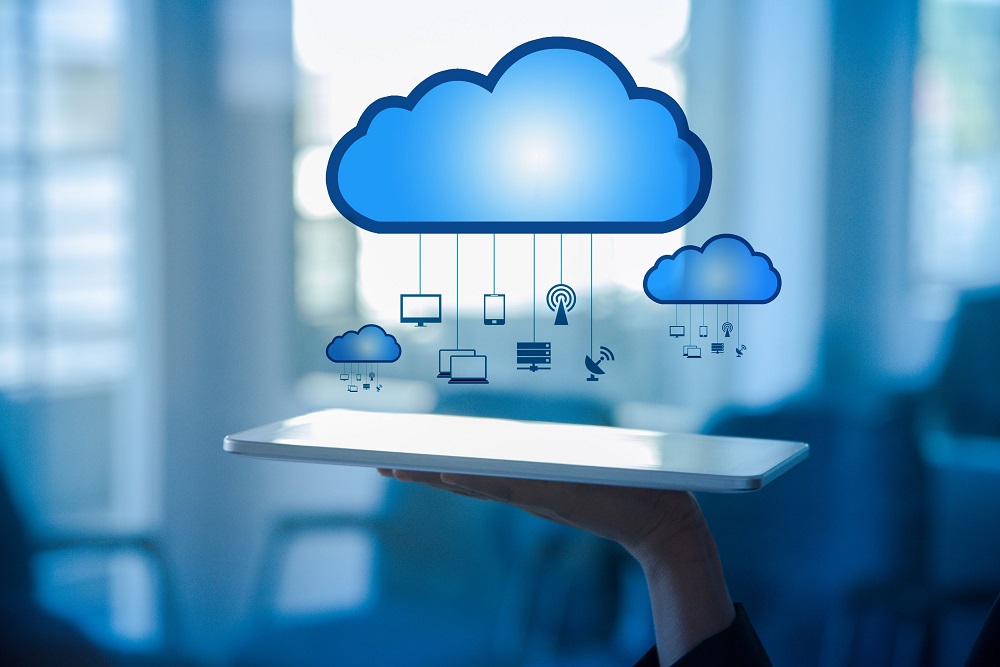What are the tech (fin-tech) spaces that are thriving in 2022? Experts have chosen very few industries that have big future and promises.
Short videos work magic in fin-technology
Financial technology is looking for new ways to market products/services. This is why YouTube and TikTok are big things for fin-tech companies with the UGC. User generated content is a big thing and every company has to adapt to it. As for YouTube, you need to be more careful because there is more data compared to Tiktok. For a good jump-start in a marketing campaign for the fin-tech industry, you’ll eventually need to buy YouTube subscribers. It’s the easiest way to get along with the algorithm hurricanes.
Blockchain
The blockchain has become popular through cryptocurrencies such as bitcoin. But it is also gaining in importance in other branches of the economy such as logistics or IT auditing. The blockchain works with encrypted data that is linked together chronologically: first a block, then another block, and so on is appended to an original data record. The result is a history of data records that depict, for example, financial transactions.
The peculiarity of the blockchain is that all participants in the system have a copy of the entire database. One speaks of a distributed ledger, i.e. “distributed accounting”. If a new block – a new “link in the chain” – is added, the blockchain on each participant’s computer is updated accordingly. This leads to a high level of security against manipulation: If a single copy of the data chain is manipulated, there are still numerous correct copies in the system. The manipulated data record is then simply sorted out. In addition, the order of the blocks is secured by a checksum.
As mentioned, the blockchain forms the basis for so-called cryptocurrencies such as Bitcoin or Ethereum. The great advantage of these payment methods is that financial transactions can be processed directly and securely between two parties: thanks to the new technology, both parties receive reliable proof of whether, for example, a payment has arrived. An intermediary entity such as a bank is therefore no longer necessary.
More recently, NFTs have been added as a variant: non-fungible tokens are digital “tokens” in which a specific asset is stored – for example a digital work of art or a forgery-proof scan of a title deed. These tokens are encrypted using blockchain technology so that no one can illegally copy them. In contrast to cryptocurrencies, each NFT has its own value, so it is unique in the world. In logistics, the blockchain offers the possibility of complete and forgery-proof documentation of the entire route of a general cargo from production to the retailer , without the need for an intermediary authority.
The blockchain can also be used to document security-critical software operations. In this way, highly sensitive data can be protected from manipulation. Application examples are electronic health records, contracts, military secrets or digital voting in elections.
Machine Learning and its future
The most important achievement of machine learning is pattern recognition : For this purpose, the software is fed thousands of images, text elements or sound bites together with the correct interpretation. From this, the software “learns” the correct assignment and can then apply this pattern to future data sets.
The most advanced variant of machine learning is deep learning, which is based on so-called neural networks. At the software level, they emulate the structure of the human brain, or to be more precise, the network of neurons in the nervous system. In this way, the AI should be able to analyze data sets that were previously difficult to collect. This applies in particular to sensory data, for example when it comes to the interpretation of human facial expressions or body postures.

